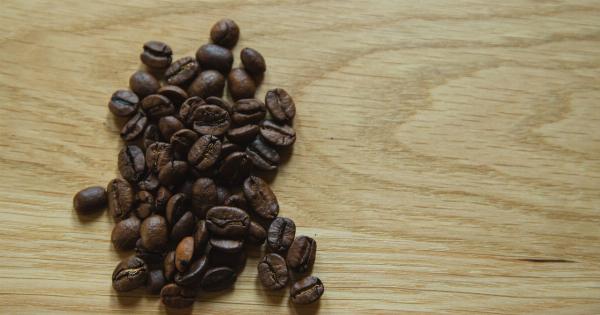Cellulite is a common condition that affects many people, particularly women. It is characterized by the appearance of dimpled and lumpy skin, usually in the buttocks and thighs.
While cellulite is not harmful or a medical condition, it can be a source of discomfort and self-consciousness for those who have it.
What Causes Cellulite?
Cellulite is caused by the accumulation of fat deposits beneath the skin, which push against the connective tissues, giving the skin a dimpled appearance. Several factors contribute to the development of cellulite, including:.
Poor Diet
A diet high in processed foods, saturated fats, and sugars can contribute to the development of cellulite. These foods increase inflammation in the body and promote the storage of excess fat.
Lack of Exercise
A sedentary lifestyle can lead to poor circulation and the accumulation of toxins in the body. Exercise helps improve blood flow and aids in the detoxification process.
Hormonal Changes
Hormonal imbalances, particularly in estrogen levels, can impact the structure of connective tissues and contribute to the development of cellulite.
Dehydration
Not drinking enough water can lead to poor skin health and elasticity. Hydrated skin is less likely to show the signs of cellulite.
Smoking
Smoking damages blood vessels and decreases collagen production, which can worsen the appearance of cellulite.
The Role of Diet in Reducing Cellulite
While there is no magical cure for cellulite, making dietary changes can significantly improve its appearance. Here are some dietary recommendations that can help reduce cellulite:.
Increase Water Intake
Drinking an adequate amount of water each day is crucial for overall skin health and reducing cellulite. Aim to drink at least 8 glasses of water daily to stay hydrated and flush out toxins.
Focus on Whole Foods
Avoid processed foods that are high in salt, sugar, and unhealthy fats. Instead, opt for whole foods that are rich in nutrients and antioxidants to support skin health.
Include plenty of fresh fruits, vegetables, lean proteins, and whole grains in your diet.
Reduce Sodium Intake
Excessive sodium intake can contribute to water retention, making cellulite more noticeable. Limit your consumption of processed and packaged foods, as they tend to be high in sodium. Instead, flavor your meals with herbs, spices, and lemon juice.
Include Healthy Fats
Incorporate healthy fats into your diet, such as avocados, nuts, and fatty fish like salmon. These fats help improve skin elasticity and reduce inflammation.
Eat Lean Proteins
Include lean proteins like chicken, turkey, fish, and legumes in your meals. Proteins aid in repairing and strengthening connective tissues, which can help reduce the appearance of cellulite.
Choose Anti-Inflammatory Foods
Inflammation plays a role in the development of cellulite. Include foods that have anti-inflammatory properties, such as berries, leafy greens, ginger, and turmeric.
Stay Hydrated
Drink herbal teas and natural juices to maintain hydration levels. These beverages not only provide fluids but can also offer additional skin benefits.
Limit Alcohol and Caffeine
Alcohol and caffeine can contribute to dehydration and worsen the appearance of cellulite. Limit your intake of these beverages and opt for water or herbal teas instead.
Implement an Exercise Routine
While diet alone can significantly impact the appearance of cellulite, combining it with regular exercise can enhance the results.
Incorporate both cardiovascular exercises and strength training into your routine to build muscle and reduce fat deposits.
Conclusion
While cellulite may not be entirely preventable, making certain dietary changes can help reduce its appearance.
By focusing on a diet rich in whole foods, staying hydrated, and incorporating healthy lifestyle habits, you can improve your skin health and reduce the visibility of cellulite.































